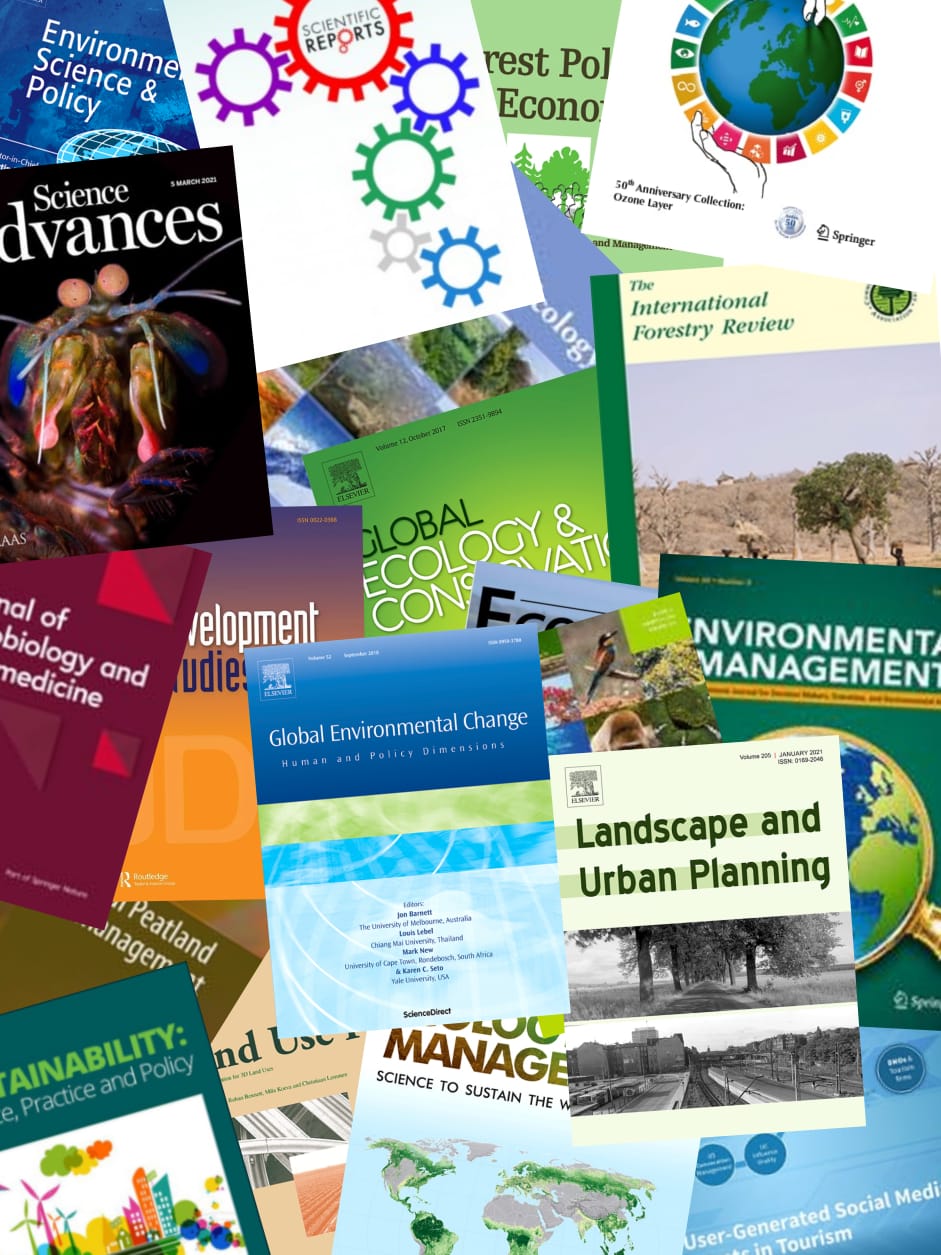Tropical peatlands play a vital role in the global carbon cycle as large carbon reservoirs and substantial carbon sinks. Indonesia possesses the largest share (65 %) of tropical peat carbon, equal to 57.4 Gt C. Human perturbations such as extensive logging, deforestation and canalization exacerbate water losses, especially during dry seasons, when low precipitation and high evapotranspiration rates combine with the increased drainage to lower groundwater levels. Drying and increasing temperatures of the surface peat exacerbate ignition and wildfire risks within the peat soils. As such, it is critically important to know how groundwater levels in peatlands are changing over space and time. In this study, a multilinear regression model as well as two machine learning algorithms, random forest and extreme gradient boosting, were used to model groundwater level over the study period (2010−12) within a peat dome impacted by drainage canals and multiple wildfires in Central Kalimantan, Indonesia. Although all three models performed well, based on overall fit, spatial modeling of groundwater level results revealed that extreme gradient boosting (R2 = 0.998, RMSE = 0.048 m) outperformed random forest (R2 = 0.997, RMSE = 0.054 m) and multilinear regression (R2 = 0.970, RMSE = 0.221 m) near drainage canals, which are key fire ignition risk locations in the peatlands. Our study also shows that, on average, elevation and precipitation are the most important parameters influencing groundwater level spatiotemporally.
View source

